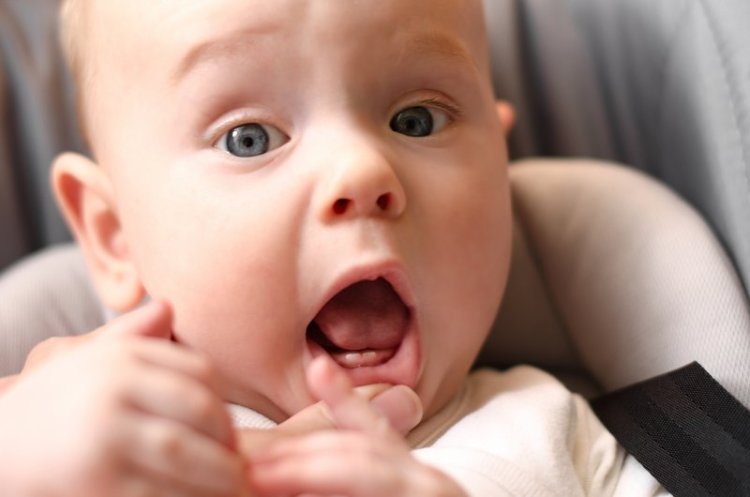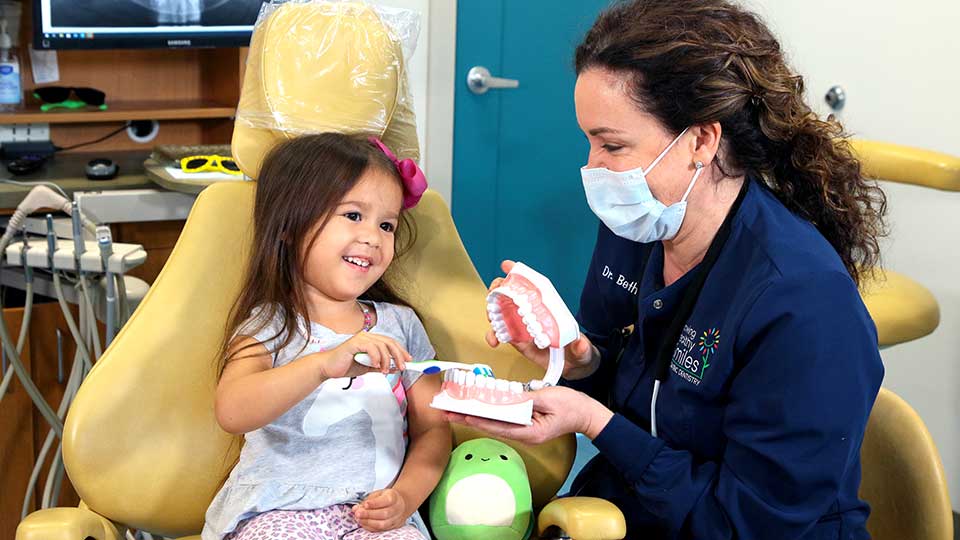Stained Teeth in Preterm Babies - Causes , Treatment and Management - by Dr.Yazhini Balaji B.D.S.,FCS(PMU)
Tooth discoloration generally occurs only in those preemies who had high bilirubin levels in the NICU. A yellow or brown color is seen only on the primary teeth and cannot be removed by brushing or having them cleaned by the dentist. #stainedteethinbabies #dentalproblems #pretermdentalcare #pretermdentalhealth

Stained teeth in preterm babies, also known as "prematurely erupted teeth" or "prematurely discolored teeth," refer to a dental condition where the primary (baby) teeth in infants who were born prematurely develop noticeable discoloration or staining. This condition can be concerning for parents and caregivers, but it's important to understand its causes and potential management.
Here are some key points to consider regarding stained teeth in preterm babies:
Timing of Tooth Eruption: Normally, primary teeth begin to erupt between six and twelve months of age in full-term infants. However, preterm infants may experience tooth eruption earlier than expected, typically within the first few months of life.
Causes of Staining: Stained teeth in preterm babies can be attributed to various factors:
- Medications: Preterm infants often receive medications, such as antibiotics or certain types of liquid nutrition, that may lead to tooth discoloration when taken over extended periods. Iron supplements, especially when given through a syringe, can also cause stains
- Developmental Factors: Prematurely erupted teeth may not have had the same level of enamel mineralization as those that erupt at the expected time, making them more susceptible to staining.
- Developmental defects: Congenital teeth defects can cause discoloration of teeth. Inherited condition amelogenesis imperfecta, also known as enamel hypoplasia, is one such condition . It is characterized by pits, fissures, deep grooves, and yellow or brown spots on the surface of the teeth. To know more about Enamel Hypoplasia visit the page : https://preemienmom.com/dental-problems-in-preterm-babies-enamel-hypoplasia
- Trauma: An injury or a fall can damage the nerves and the blood supply to a tooth. It makes the tooth non-vital. Over time, the tooth may start changing color from red to brown.
- Jaundice: Tooth discoloration generally occurs only in those preemies who had high bilirubin levels in the NICU. Jaundice causes increased bilirubini concentration in the blood. This condition is called hyperbilirubinemia, which can cause an accumulation of bilirubin in the various tissues of the body. When bilirubin levels are elevated for several weeks, it may deposit on the teeth leading to green color. This kind of discoloration is often permanent as it causes permanent changes in the color of the tooth enamel and dentin of the teeth. To know more about Jaundice in preterm babies and how to care for them do visit the page : https://preemienmom.com/jaundice-in-preterm-babies-caring-for-jaundiced-preterm-babies-at-home
- Feeding Habits: The consumption of certain foods or drinks, particularly those with strong colorants like fruit juices or some formulas, can contribute to tooth staining.
Appearance: Stains on the teeth of preterm infants can manifest as yellow, brown, or grayish discolorations. These stains are typically located on the surfaces of the teeth.
Treatment and Management:
- Dental Examination: If you notice staining on your preterm baby's teeth, it's essential to consult with a pediatric dentist. They can perform a thorough examination to assess the extent of the staining and its cause.
- Oral Hygiene: Good oral hygiene practices are crucial. Caregivers should gently clean the baby's teeth with a soft cloth or infant toothbrush using plain water after feedings. Avoid using toothpaste until the child is older and can spit it out to prevent the ingestion of fluoride.
- Nutritional Changes: If the staining is linked to medication or dietary factors, your pediatric dentist may recommend adjustments to the baby's diet or medication regimen.
- Professional Cleaning: In some cases, professional dental cleaning may be necessary to remove stubborn stains. However, this is typically considered when the child is older and can tolerate dental procedures.
- Monitoring: Regular dental check-ups are essential to monitor the condition of the baby's teeth and ensure appropriate care.

It's important to consult with a pediatric dentist to determine the cause of stained teeth in preterm babies and to receive guidance on how to manage and address the issue. Early intervention and proper oral hygiene practices can help ensure the baby's dental health as they continue to grow and develop.
What's Your Reaction?























